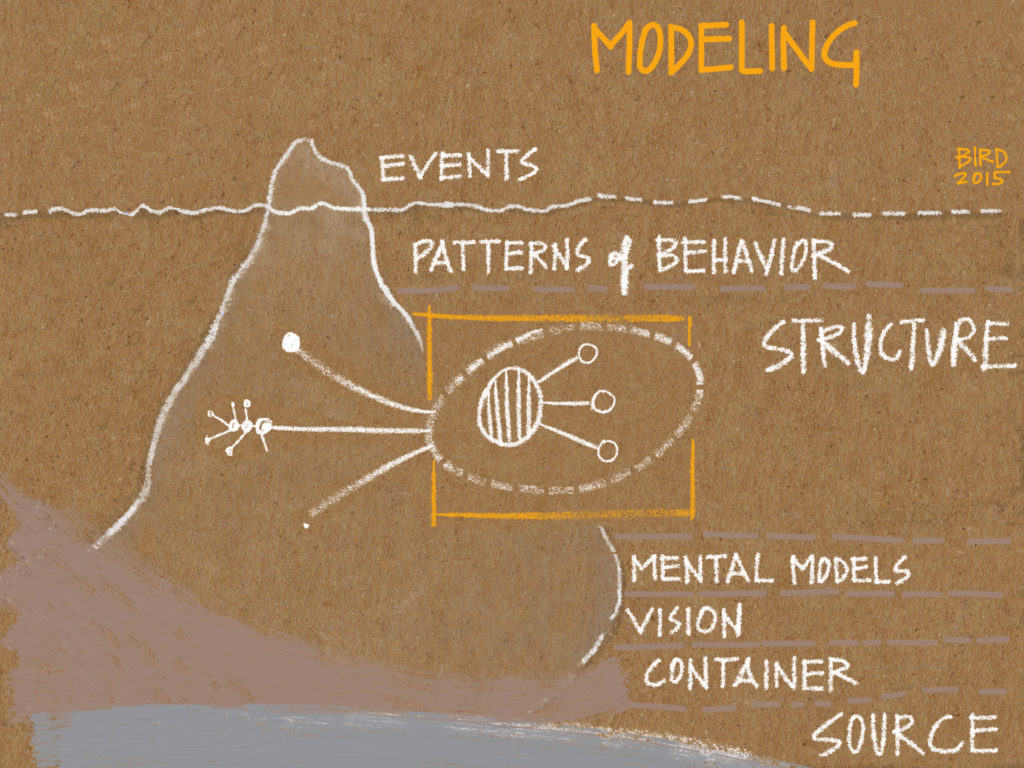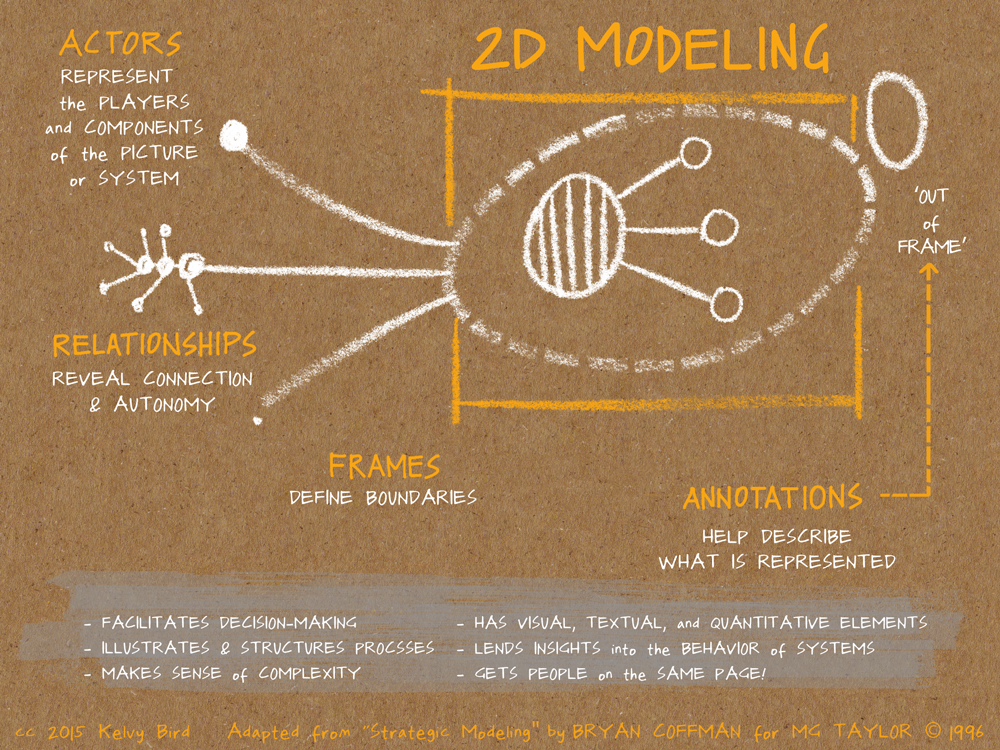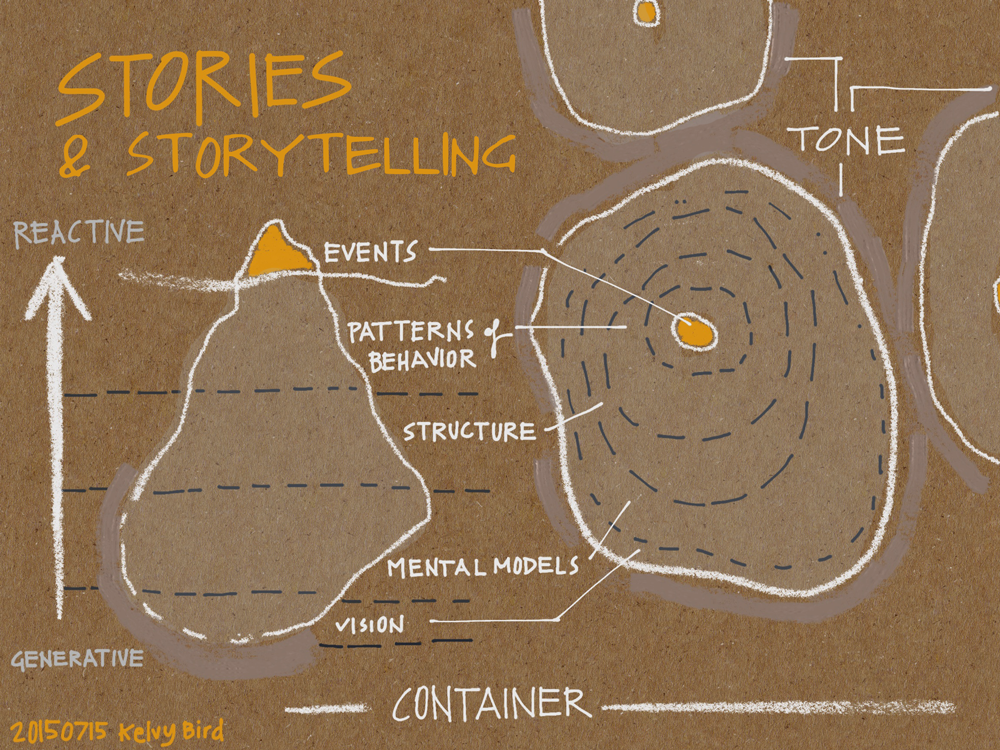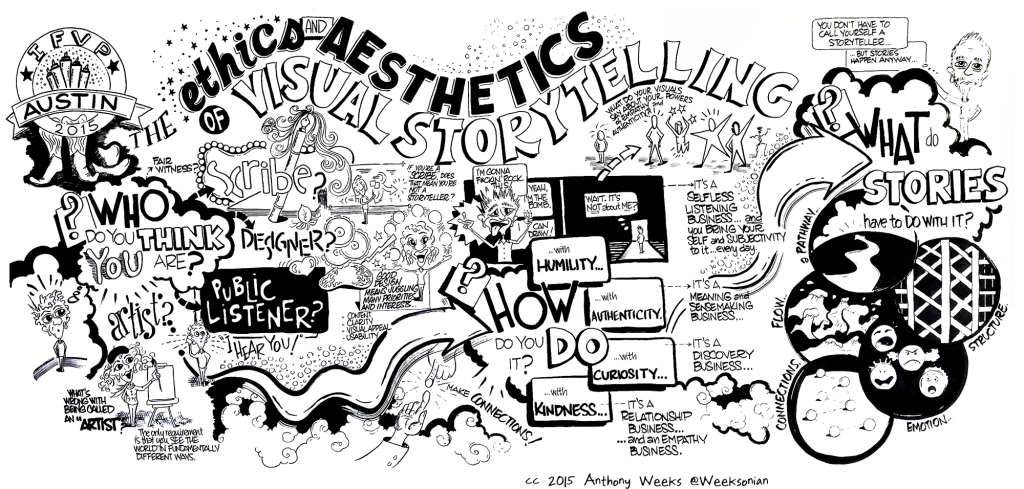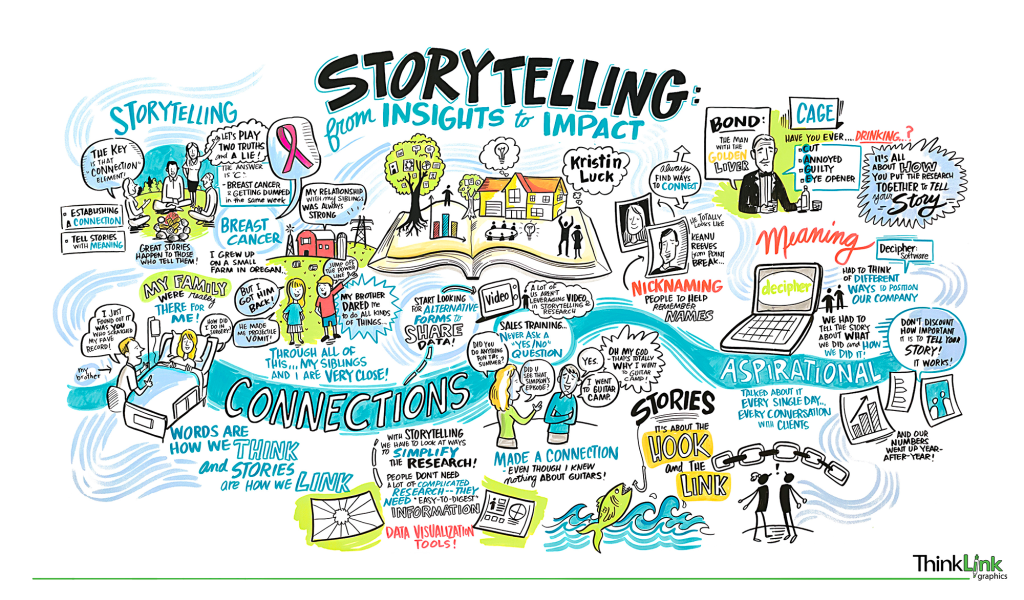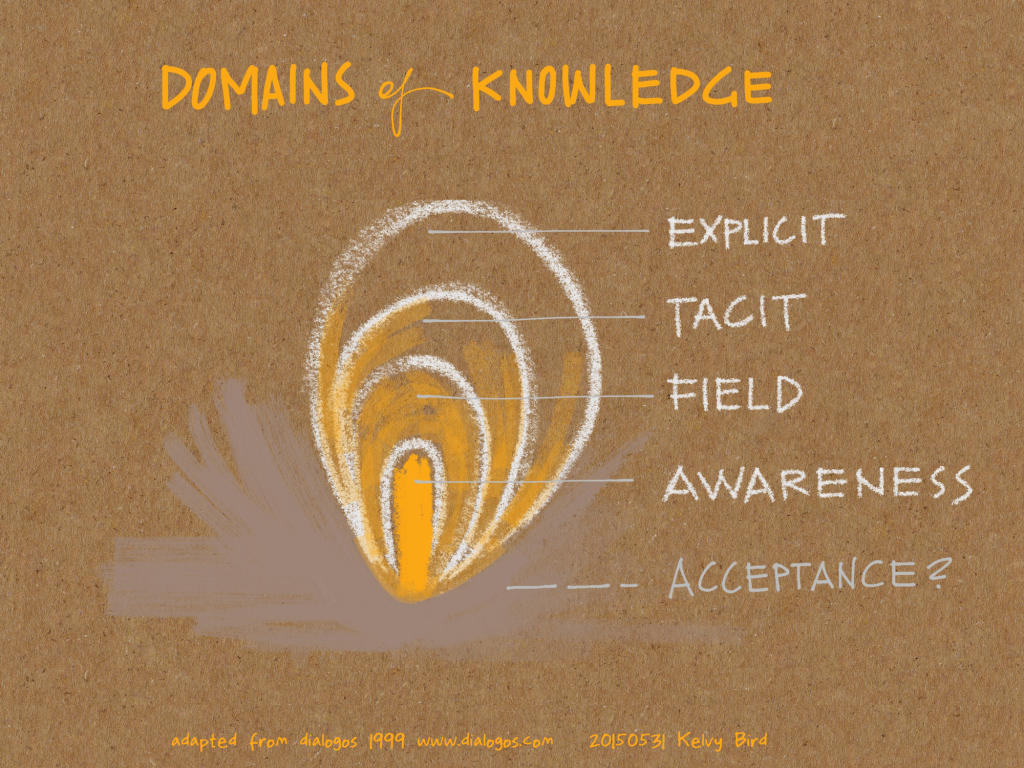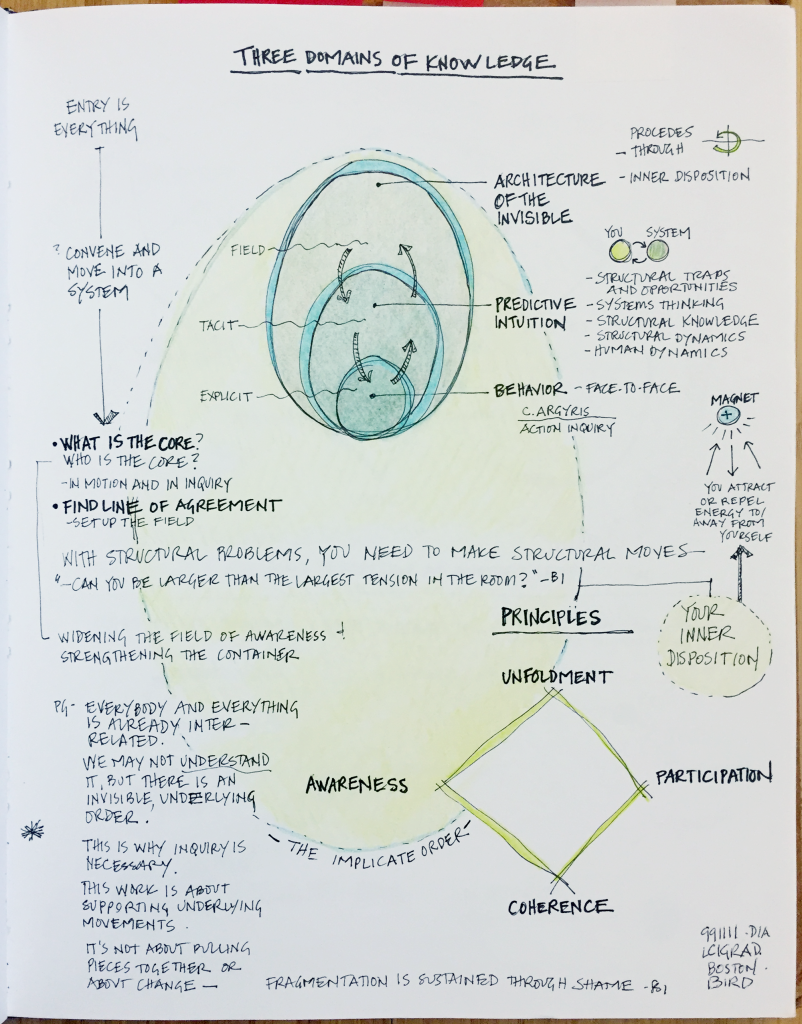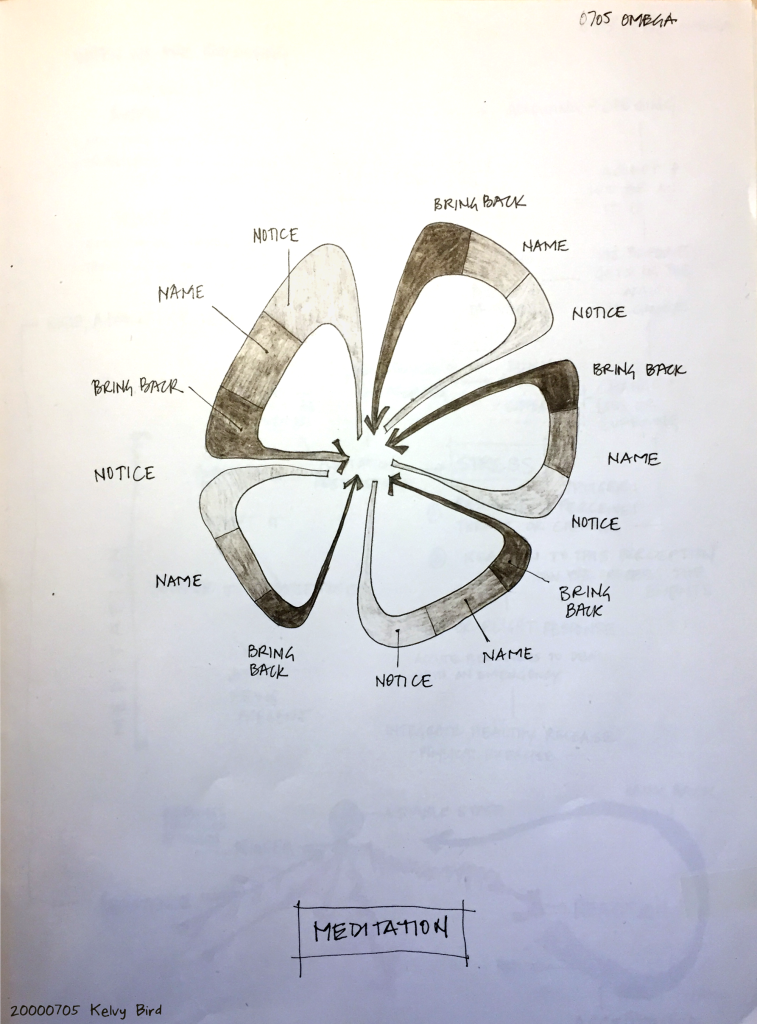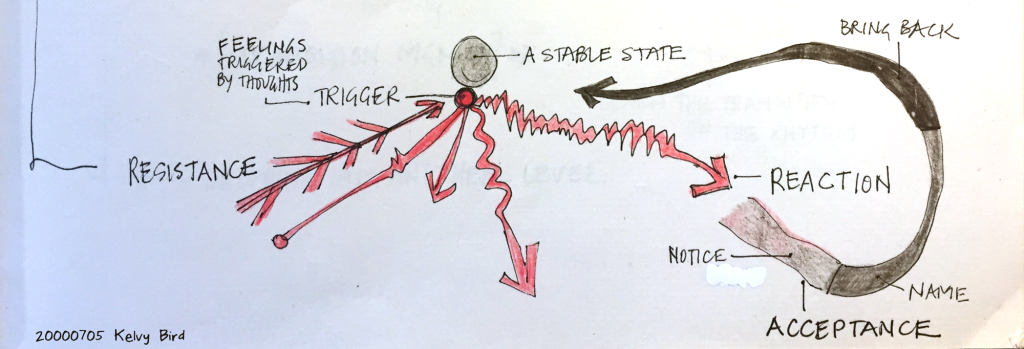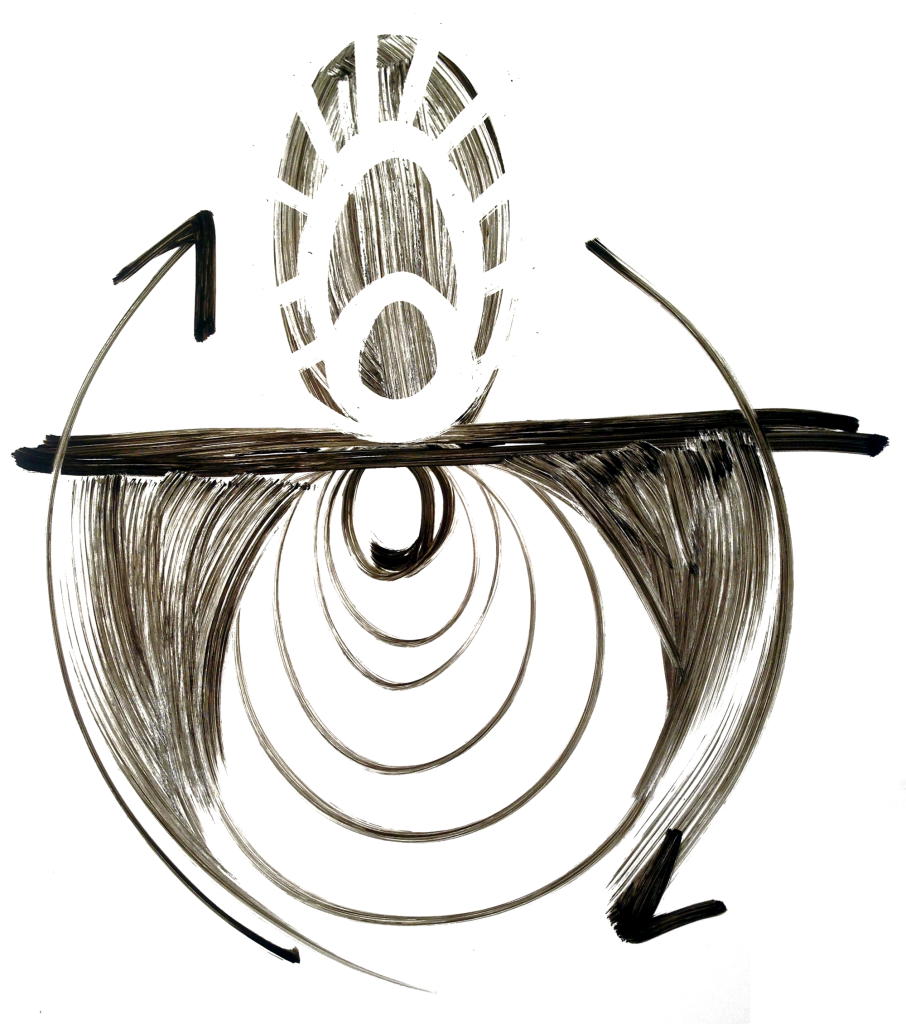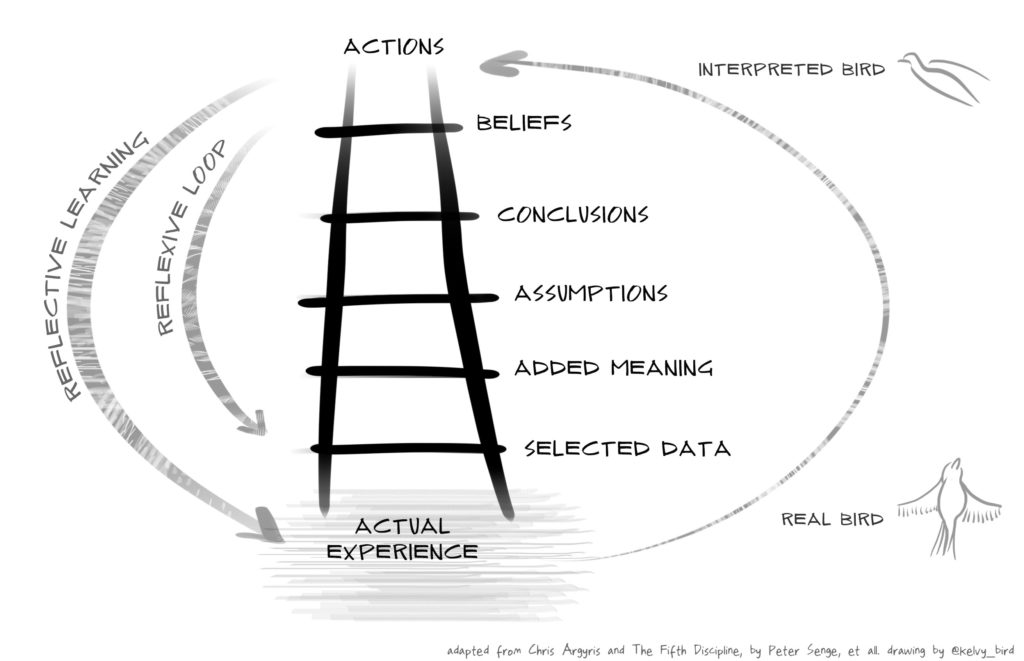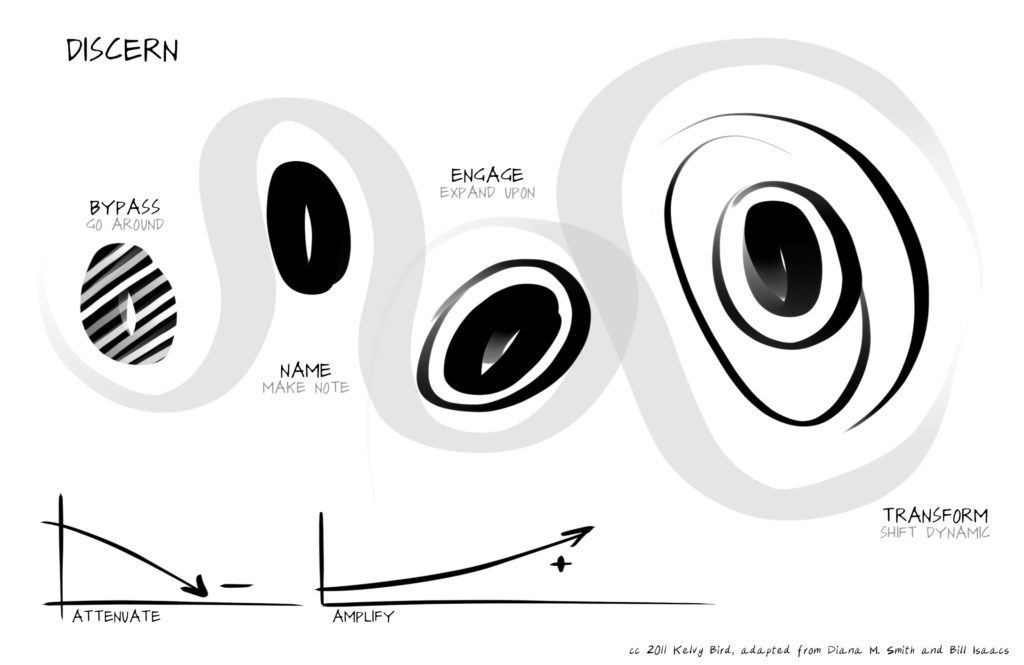Part 1: What
To define parts is to seek sense and communicate arrangement within an existing wholeness. To name tree, mushroom, frog, stream, pond, path, boulder is to identify elements of a terrain, guideposts for movement within a landscape. We distill to the bits to help objectify segments of what we see and thus locate within what we believe to be real. We break things into subsets to better grasp the way things hold together and also reveal how they might not. (Oil and water, mixed and shaken, still will separate.)
To inquire into the relation of parts is to explore the interdependency and ripple effect of natural order. Limbs fall, leaves cover, rain drops, mushrooms grow. To observe relation fixes parts in a moment of time. One day, frog on log; next day frog in pond.
To further notice coolness, mist, dew, light fading, crackle of breeze through leaves, is to let ourselves pause in the moment of the scene – to suspend our movement and orientation with time, towards BEING OF. Simply. Essentially. Without an agenda – AS. Information comes to us, not from objects but from the space between, from the greater surround, the hum, the universal heartbeat – a pulse from life itself, offering containment for relation.
A model, therefore, is a snapshot in time, a cross-section of a perceived order, one picture of a moment: a past state, a present reality, an imagined future – each resting in unfolding life.
Models can incorporate change and re-form over time. It is through the act of crafting a model that we can actually probe into our understanding of trajectories. If one day two parts align and the next day they repel, what is the underlying structure of relation causing this magnetic switch? A model can give voice to the dynamic.
Visual modeling serves at the structural level of the iceberg, to outwardly reveal the internal theories influencing behavior and events/action.
Results vary. Parts move. Systems adapt in time. The foundational container holds steady. The model simply lays out components of this order, already existing, needing a hand to map it to life.
Part 2: How
The following model comes largely from MG Taylor and Bryan Coffman – one of my first and most treasured mentors. All the visual modeling i do, the prime mechanics of my scribing, harken back to what i learned from and witnessed in Bryan and in Matt Taylor.
Originally presented as a method for Strategic Modeling, i’m now trying to adapt the framework into a 2D Modeling Tool for the U.Lab and Presencing communities, as applied specifically to the Crystallizing and Prototyping phases of Theory U:
2D Modeling is particularly useful as a sensemaking and communication tool when trying to understand elements of a system, to bridge an idea from concept to action. It is a method for giving form to ideas – and structure to processes – that might not be articulated outside the mind or intuition. In the context of Theory U, we can use modeling at any phase to create visual displays that share projects and engage potential stakeholders.
EXPLORE and PRACTICE
Level One: Parts (“Actors”). Actors represent the people and components of the picture or system. On a blank sheet of paper, practice drawing abstract shapes and textures of all sizes. Start with circles, ovals, squares, rectangles, triangles, etc, to get your hand familiar with the materials and to find your comfort zone with drawing. Also explore different textures, for example: dotted edges, solid lines, filled areas, speckles, swirls, etc.
Level Two: Frames. Frames define boundaries and can help sequence actions over time and place. Think of frames as an ordering device, like acts of a play that together tell a story. Draw different types of boundaries as frames, including boxes, larger circles, or even using the edge of the paper AS the frame.
Level Three: Relationships. Relationships reveal proximity and interdependencies. Use arrows to show influence. Play with drawing shapes of similar and different sizes. See what they look like next to each other, on top of one another, far away from each other. You can think of the shapes as people from above, as if you are looking down with a bird’s eye view.
Level Four: Context. Context provides meaning and reason for the story to exist. Include the essence of what is wanting to be seen and heard through your model. If the drawing does not yet represent this perspective, and the story is still emerging, use annotation (words) to help describe what you are wanting to convey.
APPLY to PROTOTYPES
Use the following questions to guide your modeling process, to help organize and represent the current state of your prototype into a visual display.
Level One: Name the Parts
- Who is already involved? Who would you want to include?
- What other elements – such as organizations, sectors, or locations – do you want to represent in the picture?
Level Two: Explore Frames
- Are there phases to the development of your prototype?
- Are there boundaries to the prototype that are important to describe?
Level Three: Establish Relationships
- Where are connections between the parts and frames?
- Are there disconnects worth naming? What parts might be excluded, intentionally or not?
- How do YOU relate to the prototype and what might be your learning edge in the project?
Level Four: Reveal the Eco-System
- Does the picture include your original vision and intention?
- How does this root in an “emerging future whole, where there is a shift in identity and self?”
————————————————————————————————————-
The continued step for developing prototypes will be 3D Sculpting and 4D Embodiment. Clearly more to come on this one! Like many of these posts, a start….
